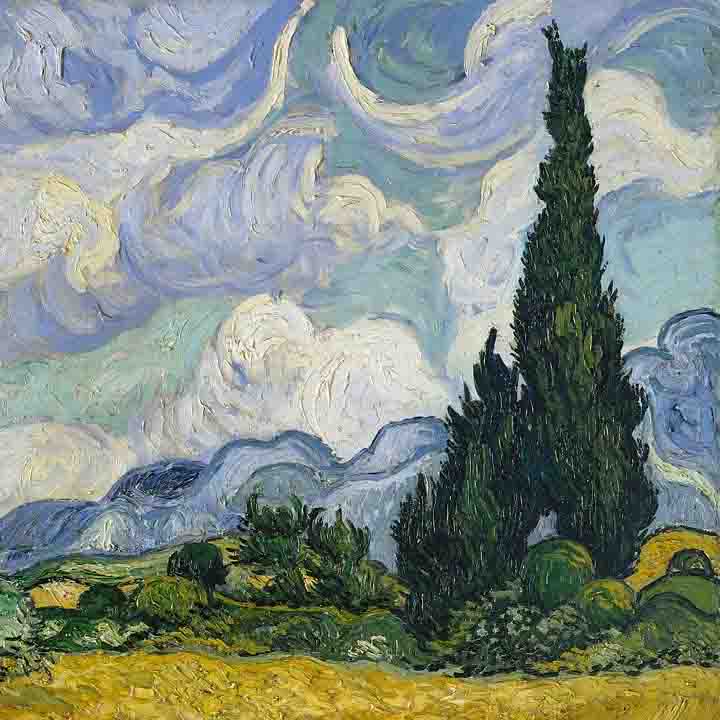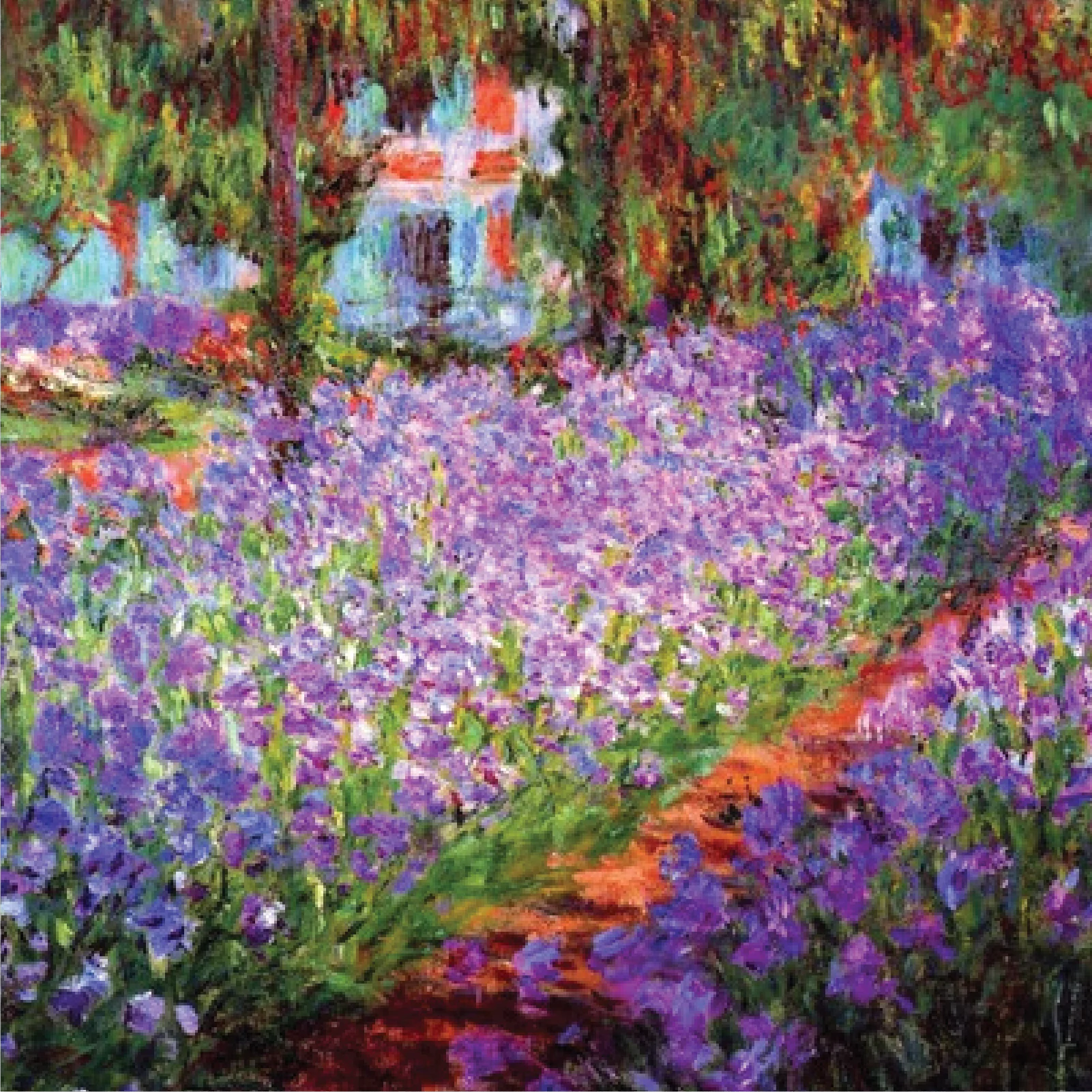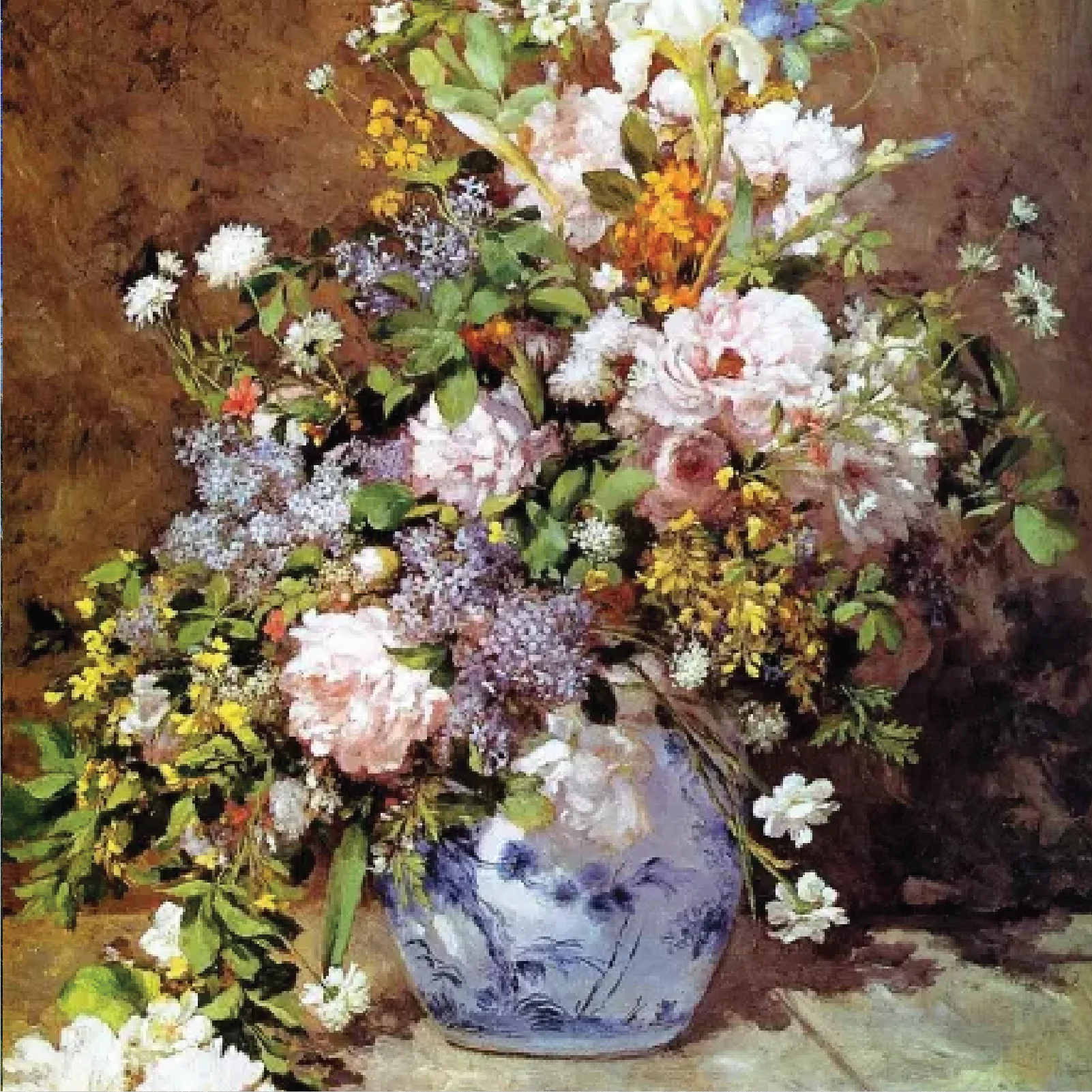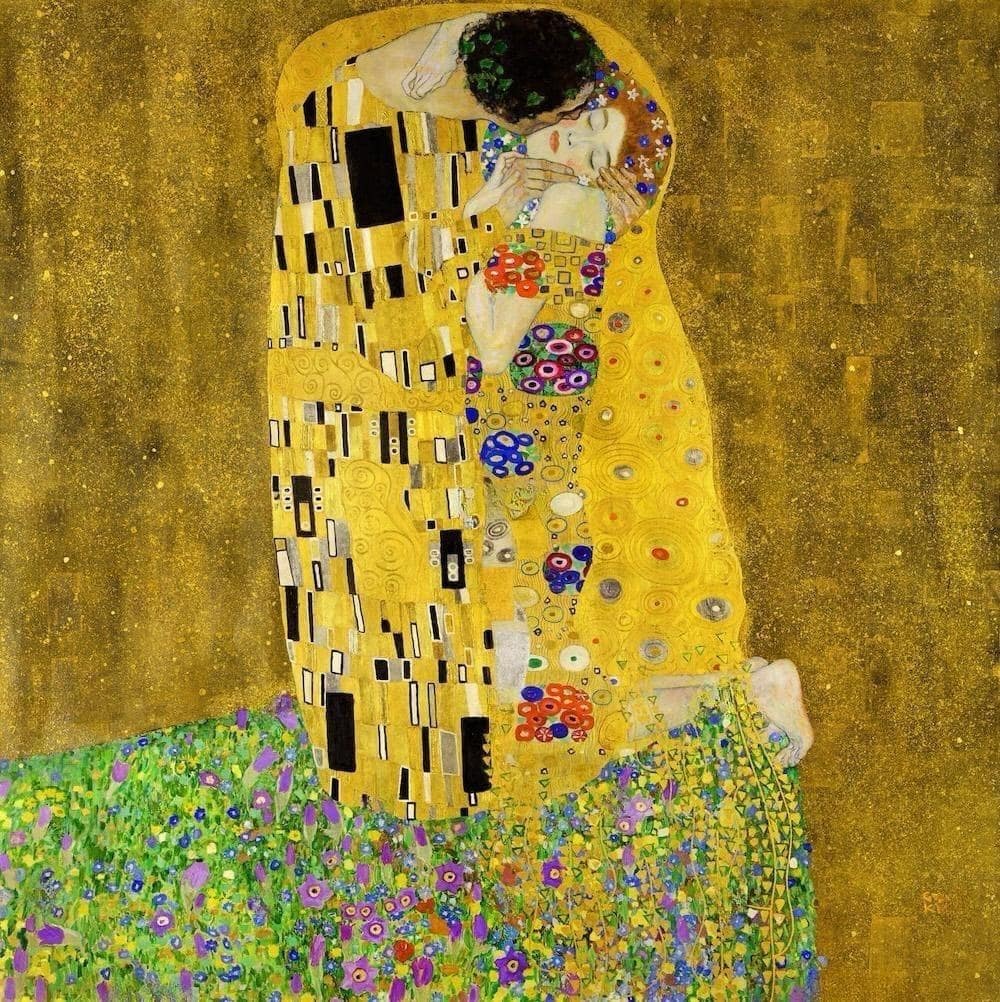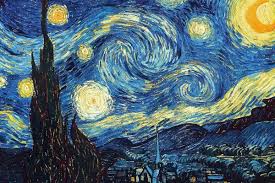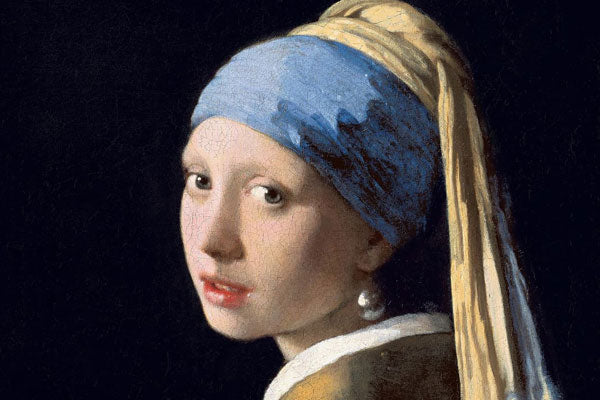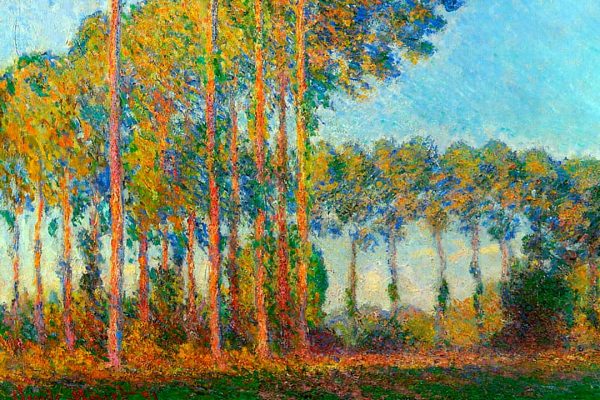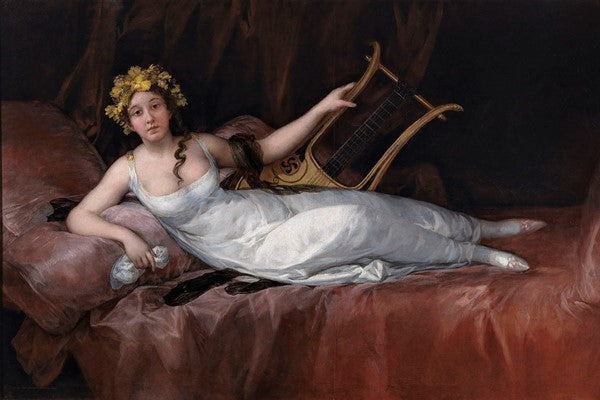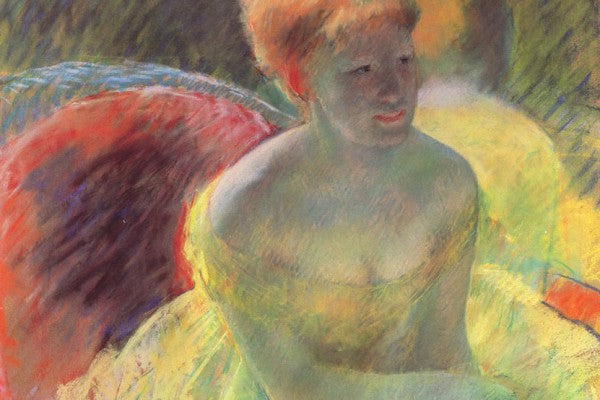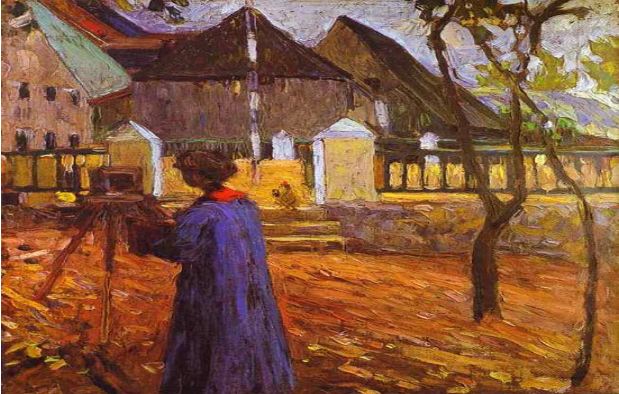Choosing the right medium can be overwhelming for both beginners and skilled artists, especially when deciding between oil and Acrylic paints dry faster and are generally non-toxic, making them a convenient option for many artists. T
he endless debate about acrylic vs. oil often leaves many artists puzzled and unsure which medium suits their needs due to the distinctive pros and cons of each.
This uncertainty can lead to frustration or even stifle your innovative process. Imagine spending hours on a most effective masterpiece and being upset with the consequences because the medium didn't meet your expectations.
We're right here to demystify the variations and manual you in making a knowledgeable selection. In this comprehensive comparison, we're going to explore the professionals and cons of the use of acrylic paint vs. Oil paint, solve unusual questions, and assist you in determining which portrayal style aligns together with your creative vision.
Difference between Acrylic and Oil:
Knowing your materials can make a big difference when it comes to painting. Let’s examine the two main types of paint: acrylic and oil.
Acrylic Paint
Acrylic paint is a famous preference amongst artists because it’s easy to use, offering a short working time compared to oil paints which takes longer to dry. It’s made with pigments mixed in a water-based answer; because of this, it’s short to dry and simple to smooth up. You can use water to thin it out or make it greater fluid. If you are making a mistake, you can restore it speedy because it dries fast. Acrylic paint is amazing for vibrant, vibrant coloring and works nicely on many surfaces like canvas, paper, and wood.
Oil Paint
Oil paint has been round for centuries and is known for its wealthy, deep colors. It’s made with pigments mixed in oil, normally linseed oil. Unlike acrylic paint, oil paint dries slowly, giving artists more time to combine hues and work on their paintings. This slow drying time can be beneficial for growing certain and smooth consequences. However, cleansing up oil paint requires solvents like turpentine or mineral spirits, which may be tougher.
Painting Techniques for Beginners:
Starting with painting can be exciting and a bit challenging. Knowing the right techniques can help you enjoy the process more. Let’s see how acrylic and oil painting Techniques differ for beginners, depending on whether they want to paint with acrylics or oils.
Acrylic Painting Techniques
Acrylic paint is flexible and easy to paint with. This is especially true for novices. Here are a few simple techniques you can strive for:
-
Since acrylic paint dries quickly, you can upload a couple of layers without waiting too long. This is incredible for building up colors and creating depth.
-
You can create exciting textures and effects using a dry brush with a little paint. This approach is beneficial for including highlights or difficult textures.
-
By including water in your acrylic paint, you could create a wash—a thin, obvious layer of shade, similar to what you might achieve with watercolor. This is ideal for backgrounds or achieving a smooth, blended appearance.
Painting In Oil Techniques
Painting with oil demands extra endurance. But it yields beautiful and rich outcomes. Here are some beginner-friendly strategies to help you start painting effectively:
-
One of the first-class things about oil paint is its slow drying time, which allows artists who use oil to work longer on their pieces. This allows you to mix colors right on the canvas, enabling smooth transitions and gradients.
-
By using thin, transparent layers of oil paint, you could achieve a luminous effect. Each layer adds intensity and richness to the color, offering opportunities for glaze techniques in oil and acrylic, each with their own pros and cons.
-
This method includes applying thick layers of oil paint to create texture. You can use a palette knife or a brush to add bold, textured strokes to your painting.
Side-by-Side Comparison of the Drying Time Acrylic vs. Oil Painting
|
Aspect |
Oil Paint |
Acrylic Paint |
|
Drying time |
Dries in minutes to an hour |
Takes days, weeks, or months |
|
Layering |
Fast layering possible |
Slow layering due to extended drying time |
|
Corrections |
Must be made quickly |
Oil paint provides more time to make changes, as it takes longer to dry compared to the faster drying acrylic. |
|
Blending |
Limited blending due to fast drying can make acrylic less forgiving than oil paint, which offers more working time. |
Allows for smooth transitions and detailed blending |
|
Flexibility |
Ideal for quick projects |
Ideal for detailed and long-term work |
Cleaning Up Mistakes with Acrylic and Oil Paints
Painting problems are common, even the best artists comit mistakes. Knowing how to fix them can make painting more enjoyable and less stressful. Let’s see how cleaning up mistakes differs between acrylic and oil paints.
|
Aspect |
Oil Paint |
Acrylic Paint |
|
Ease of cleaning wet paint |
Easy with water and a damp cloth or brush |
Easy with a clean brush or cloth and solvent like turpentine |
|
Fixing dry paint |
Harder to remove; usually requires painting over |
Slower drying time allows for blending out errors or removing with solvent, a significant advantage for oil painters. |
|
Drying time impact |
Must act quickly to clean mistakes |
More time to correct and perfect the work |
|
Solvent use |
Not required, water is sufficient |
Requires careful use of solvents, which can be smelly and need good ventilation |
Suitability for Different Artists
Choosing between acrylic and oil paint The choice between acrylic and oil depends a lot on the artist’s needs and style, weighing the pros and cons of each medium. Both have unique qualities that make them suitable for different types of artists. Let’s explore who might prefer each type of paint, whether they're an oil painter who likes to use oil, or an acrylic enthusiast.
Beginners
Acrylic paint has become the preferred choice among beginners. Using it is easy; it dries quickly, and you can clean your brushes with water. This makes it less intimidating for those who are starting to discover ways to paint. Beginners can experiment with colors and techniques. They need not worry about long drying times or unusual solvents.
Hobbyists
Hobbyists who experience painting in their free time may prefer acrylic paint. Its quick drying time allows them to complete tasks faster. They also notice results quickly. This may be very gratifying for someone who paints to relax or unwind after a long day.
Professional Artists
Professional artists often favor oil paint because they need more time for their work. Oil paint dries slowly, enabling precise blending and layering. This makes oil paint ideal for creating complex, textured works, which can help artists achieve the rich, vibrant effects that oil paint is known for, such as impasto techniques. See some amazing paintings from the professional artists at Art&See.
Art college students can benefit from using acrylic and oil colors. Acrylic paint is great for brief studies and techniques. Oil paint is for intense projects that require focused work and long drying times. Learning to use each type of paint can deliver college students a versatile skill set.
According to a report by MarketsandMarkets, the global market for acrylic paints is growing rapidly and is expected to reach $1.2 billion by 2027. This growth shows that more artists and manufacturers are favoring acrylic paints. They like them for their convenience and environmental benefits, whether opting for oil and acrylic solutions.
Conclusion
Are you an art enthusiast? Do you seek a medium with rich, vibrant colors? One that lets you create detailed, textured works? Oil paint is generally a fantastic choice. It dries slowly.
This allows for careful blending and layering, providing the painter with extensive working time to perfect their piece. This is ideal for making artworks that last.
For high-quality oil paintings spray , check out the selection available at Art & See. They offer many beautiful oil paintings. The paintings are sure to inspire and enhance your art.
FAQs
Can I mix acrylic and oil paints together?
No, you should not mix acrylic and oil colors together due to their different drying times and additive properties. They have different bases; acrylics are water-based, while oils are oil-based. Mixing them can cause the paint to separate and not adhere properly to the canvas.
What surfaces are best for oil painting?
Oil paints work best on surfaces like canvas, wood, and specially prepared paper. These surfaces can handle the weight and texture of the paint. They also allow for the best application and durability for both oil and acrylic paints.
How do I store my oil paintings to ensure their longevity?
Oil paintings should be stored in a cool, dry place away from direct sunlight to prevent fading and cracking. They should also be kept in a dust-free environment and handled with care.





